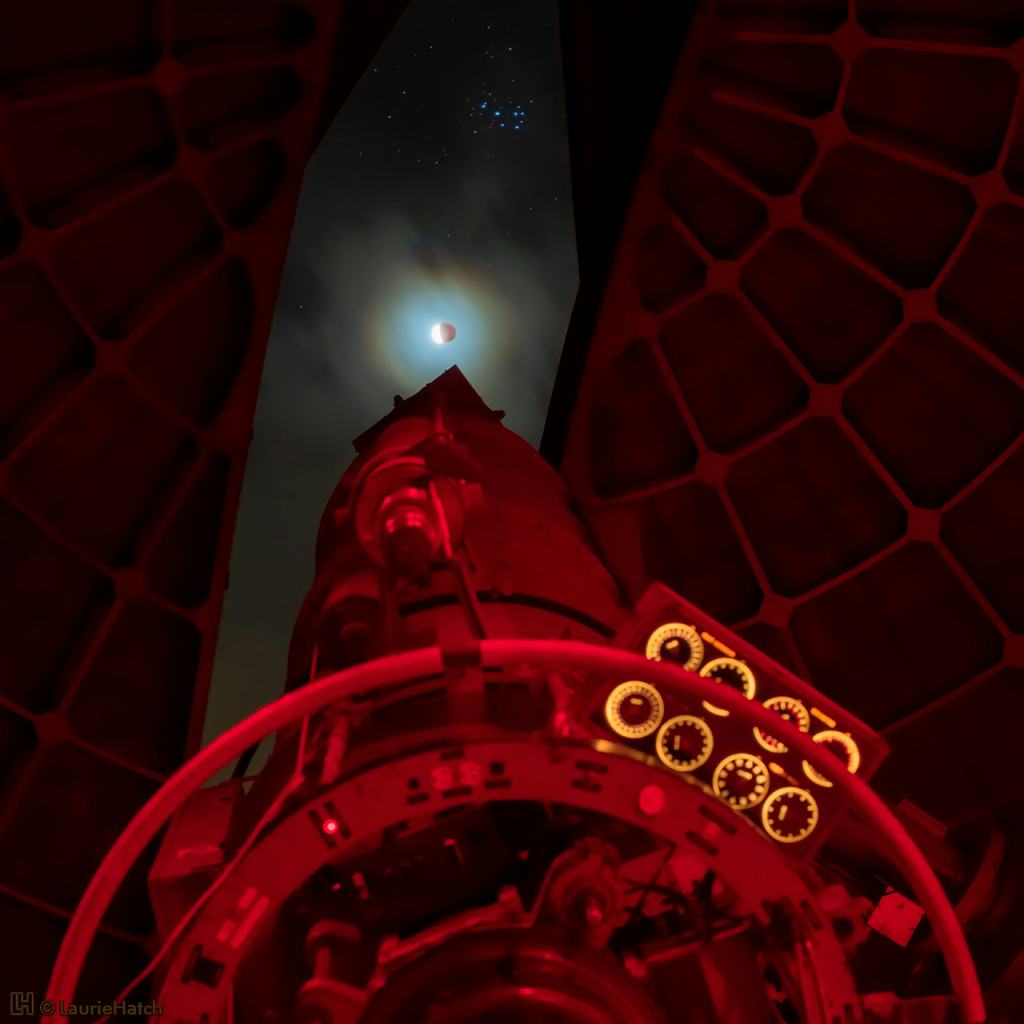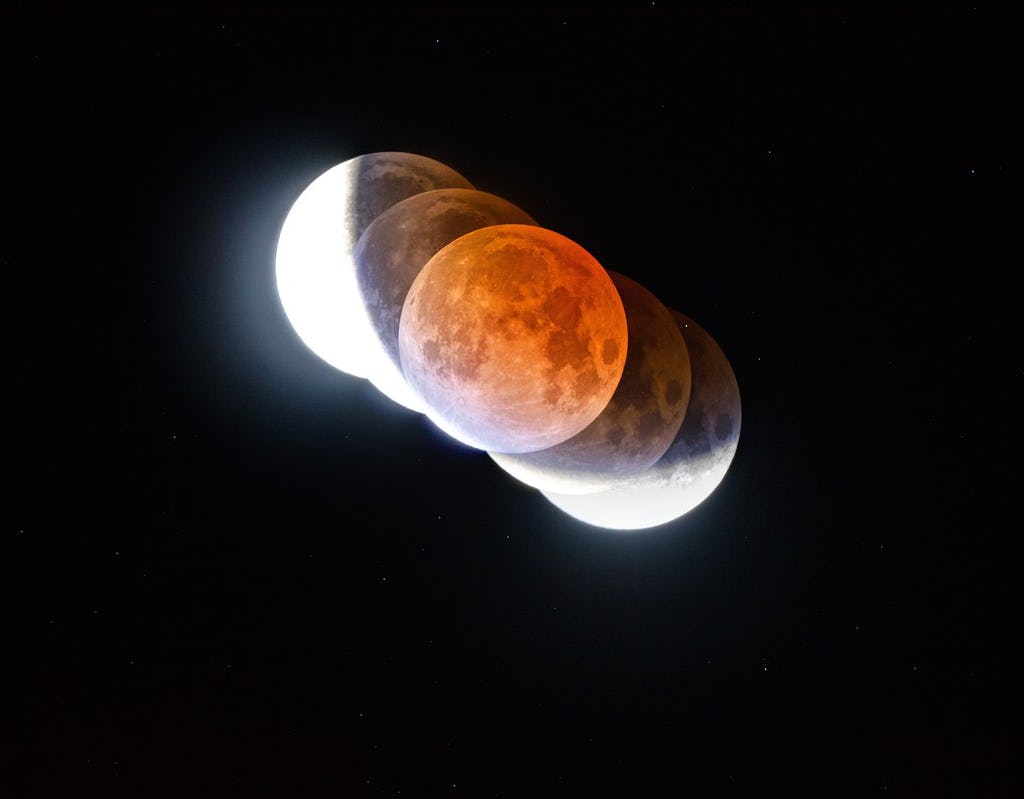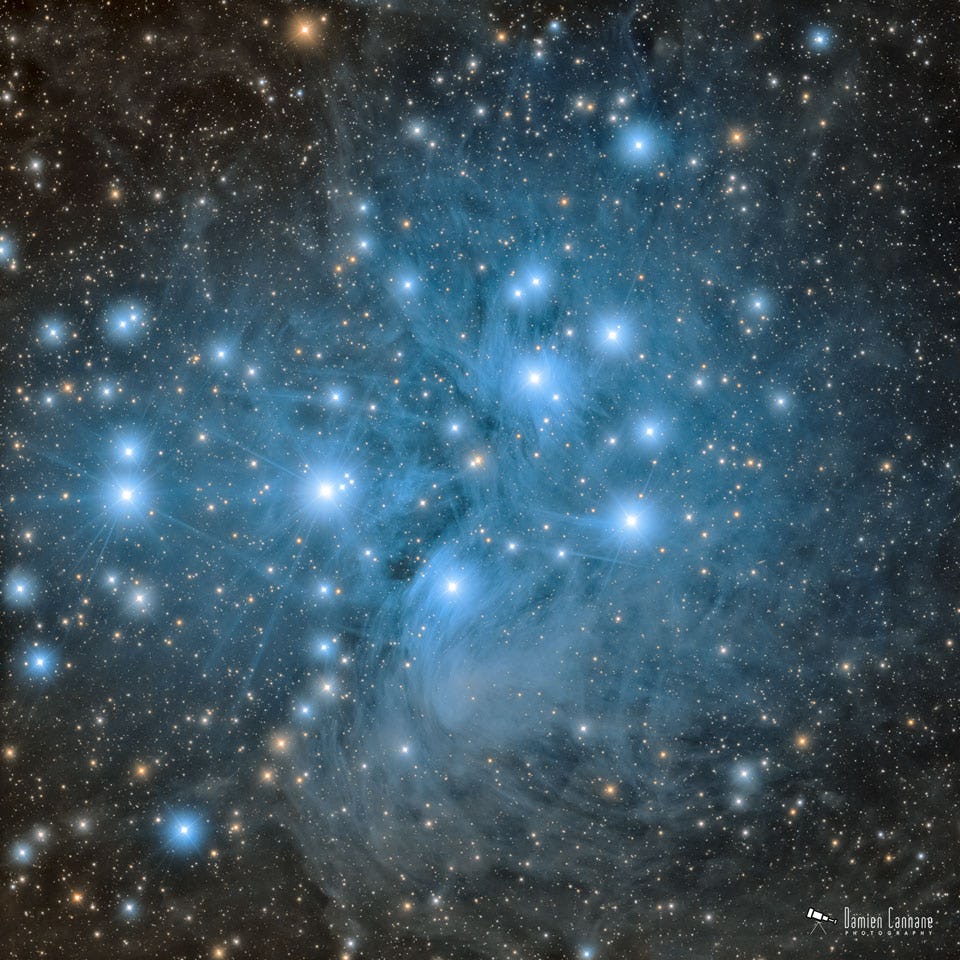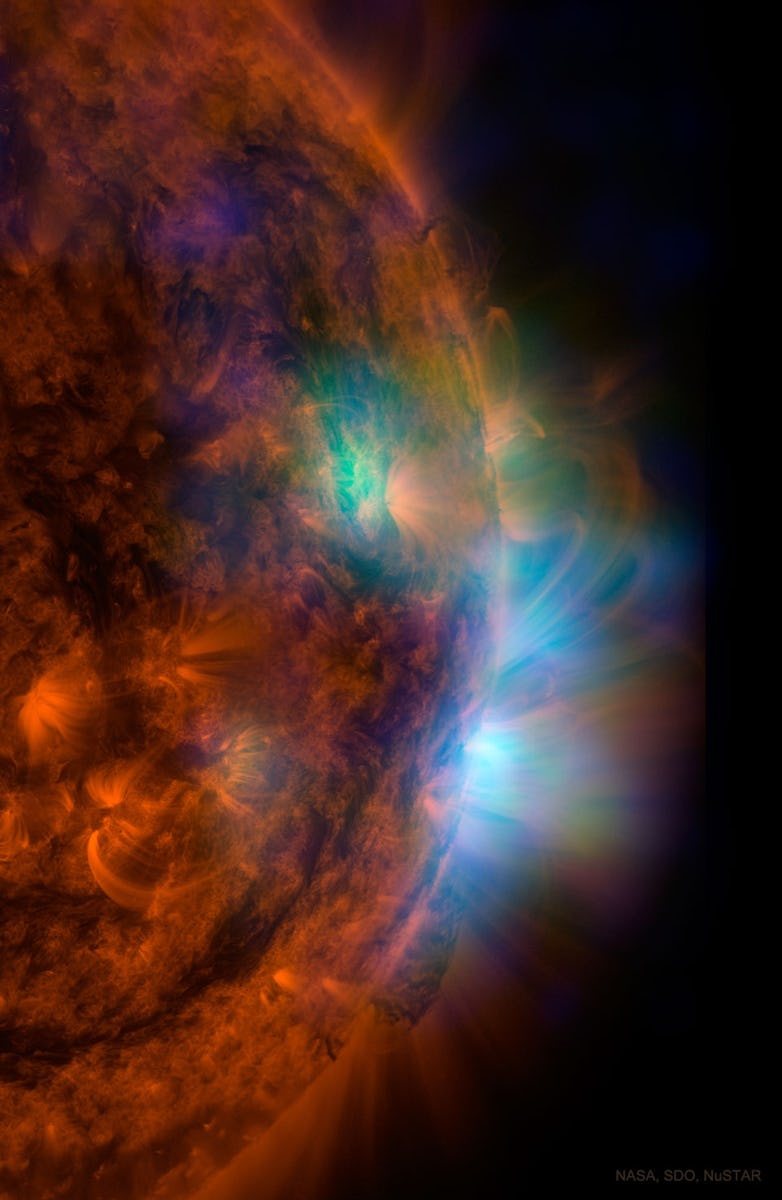NASA Astronomy Picture of the Day:
Rain clouds passed and the dome of the Lick Observatory's 36 inch Great Refractor opened on November 19. The historic telescope was pointed toward a partially eclipsed Moon. Illuminated by dim red lighting to preserve an astronomer's night vision, telescope controls, coordinate dials, and the refractor's 57 foot long barrel were captured in this high dynamic range image. Visible beyond the foreshortened barrel and dome slit, growing brighter after its almost total eclipse phase, the lunar disk created a colorful corona through lingering clouds. From the open dome, the view of the clearing sky above includes the Pleiades star cluster about 5 degrees from Moon and Earth's shadow. Notable APOD Submissions: Lunar Eclipse of 2021 November 19
Photo by Laurie Hatch








.jpg?fit=crop&w=280&h=280&q=93)

















 - Copy.jpg?fit=crop&w=280&h=280&q=93)














